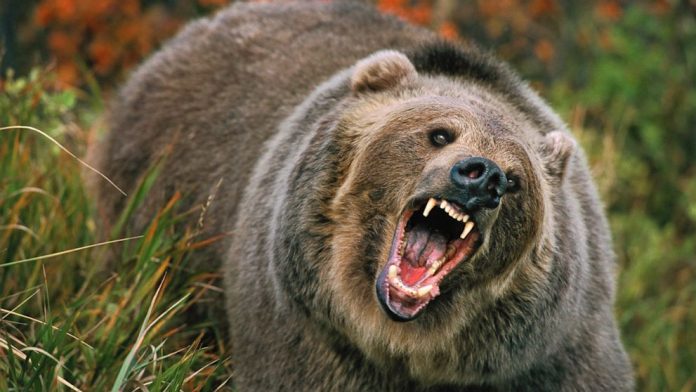Today’s market action was a stark reminder to traders that the Federal Reserve isn’t in a hurry to cut interest rates. The S&P 500 shed nearly 1.1%, the Dow Jones Industrial Average dropped about the same, and the tech-centric Nasdaq Composite was down over 1.5%. This selloff was fueled by rising Treasury yields and hawkish comments from Fed officials.
Michael Barr, Federal Reserve Vice Chair for Supervision, stated that the central bank is “likely at or very near” a level of interest rates that is sufficiently restrictive. His comments echo Fed Chair Jerome Powell’s sentiment that officials can proceed cautiously on future rate hikes. Barr, speaking at a Forecasters Club event in New York, emphasized, “I think it is likely that we are at or very near to the level that is sufficiently restrictive to bringing inflation back to 2% over time.” He added, “I think we are going to be increasingly focusing on thinking about the path of interest rates over time.”
This cautious approach aligns with the dovish camp within the Fed, who expect rates to remain steady for the rest of the year. New York Fed President John Williams also chimed in recently, suggesting that the central bank might be done raising interest rates for now, after leaving its benchmark rate unchanged at a 22-year high of 5.25% to 5.5%.
However, it’s worth noting that projections indicate 12 out of 19 policymakers expect one more rate hike this year. This divergence in expectations is partly due to an improved outlook for the labor market. Barr elaborated, “As we watch how conditions evolve, I remain highly attuned to risks to achieving both components of our mandate,” referring to the Fed’s dual goals of maximum employment and price stability.
Fed Governor Michelle Bowman added another layer to the narrative, stating that multiple additional hikes may be needed to bring inflation back to the central bank’s 2% target. This comes as fresh data revealed that the Fed’s preferred measure of underlying inflation, prices of personal consumption expenditures excluding food and energy, climbed just 0.1% in August. Some analysts argue that this makes the odds of an additional rate hike this year even less likely.
Market participants are now pricing in a 29% chance of a rate hike at the Fed’s November meeting, up from 16% a week ago, according to CME’s FedWatch tool. This shift in expectations has pushed 10-year and 30-year Treasury yields to 16-year highs, contributing to the stock market’s lackluster performance.
Adding to the economic landscape, the latest Job Opening and Labor Turnover Survey (JOLTS) report showed that the number of open jobs in the U.S. increased to 9.6 million at the end of August, up from 8.83 million in July. This raises questions about whether the job market is cooling fast enough to meet the Fed’s criteria for more accommodative policies.
All these factors combined—rising Treasury yields, hawkish Fed comments, and strong job openings—have created a challenging environment for stocks. The Russell 2000 index of small caps even turned negative for the year. As traders brace for the highly anticipated September U.S. jobs report due this Friday, the market remains on edge, navigating through multiple headwinds.








